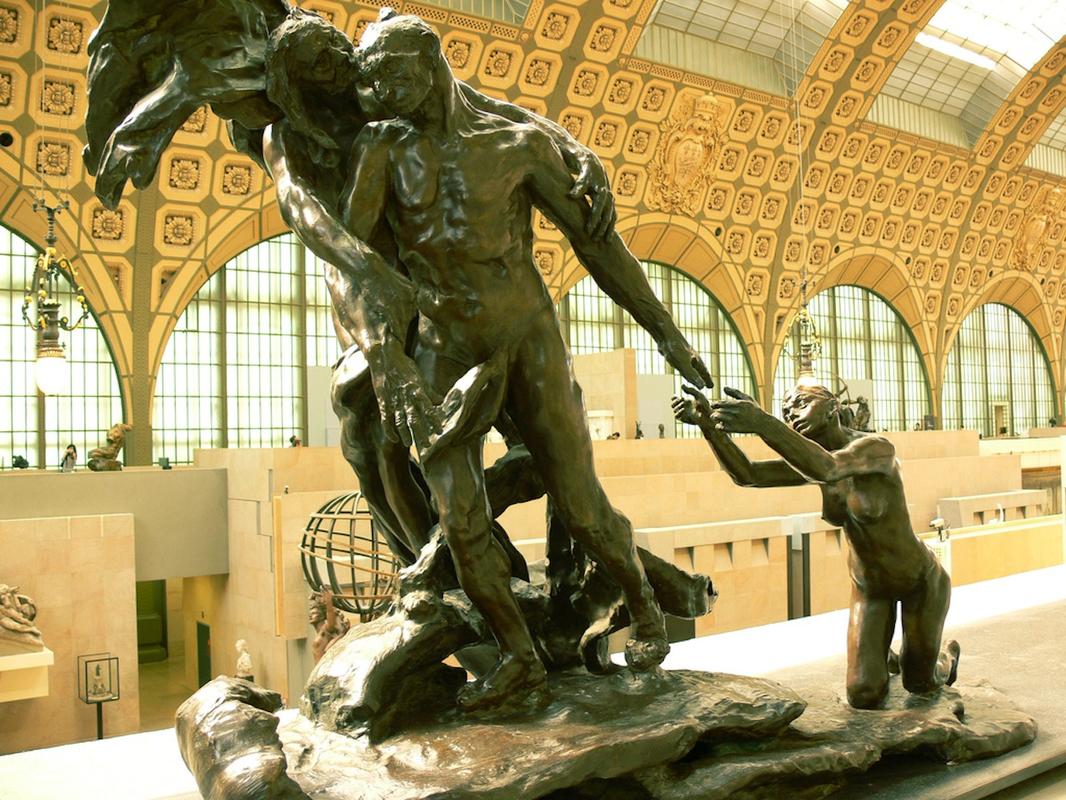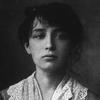More about The Mature Age

Contributor
Once upon a time, Camille Claudel and Auguste Rodin were the closest of companions.
But don’t worry; I’m not about to waste your time with some sappy love story. Rodin first brought Claudel into his studio when he hired her to create the more detail-oriented parts of his sculptures, such as hands and feet. Upon realizing this woman knew her way around a chisel, Rodin couldn’t hide his deep and yearning infatuation for her. Needless to say, soon after this realization, stone was not the only thing getting hammered down in Rodin’s studio, if you know what I mean.
The couple soon cultivated an intense work/love relationship, each one pushing the other creatively to achieve greatness. After some time, things got a little too hot and heavy for Claudel, so she decided to take a break from Rodin and skipped on over to England for a short stint. Upon returning to France, Rodin was so excited to see her again that he actually signed a contract saying that she would be the only pupil he would allow in his studio and promised to be faithful to her as a teacher.
Pretty romantic huh? Well, there is one little blip in this otherwise dreamy saga. Yep, Rodin was married. When Claudel realized that Rodin wasn’t willing to ditch the old ball and chain, Claudel grew furious. Her anger issues became a major turn-off for the famous sculptor so he decided to sever contact with his mistress.
As a sort of peace treaty with Claudel, Rodin obtained a state commission for her to create this sculpture. In this piece, we see Rodin in the middle, torn between Claudel on the ground and his wife who is pulling him away. Ultimately he is pulled towards his aging wife and leaves behind a life of youthful affection. Essentially, it’s an allegory for aging and the decisions we make the push us down the path towards old age and ultimately death. Pretty grim, but hell hath no fury and all that.
This piece is often considered Claudel’s pièce de résistance, and it was all thanks to Rodin that she even got the opportunity to create such a stunning sculpture. Old feelings die hard I guess, for even with Rodin’s attempt to calm their turbulent waters, she still hated him. She eventually grew neurotic and experienced a mental breakdown because of him. After that, she was committed to a mental hospital where she lived for the next thirty years until she died. Shakespeare’s got nothin’ on these two.
Featured Content
Here is what Wikipedia says about The Mature Age
The Mature Age (French: L'Âge mûr), also named Destiny, The Path of Life or Fatality (1894–1900) is a sculpture by French artist Camille Claudel. The work was commissioned by the French government in 1895, but the commission was cancelled in 1899 before a bronze was cast. A plaster version of the sculpture was exhibited in 1899, and then cast in bronze privately in 1902. A second private bronze casting was made in 1913, and it is thought that the plaster version was destroyed at that time.
The two bronzes are exhibited in Paris, the first at the Musée d'Orsay and the second at the Musée Rodin.
Check out the full Wikipedia article about The Mature Age













